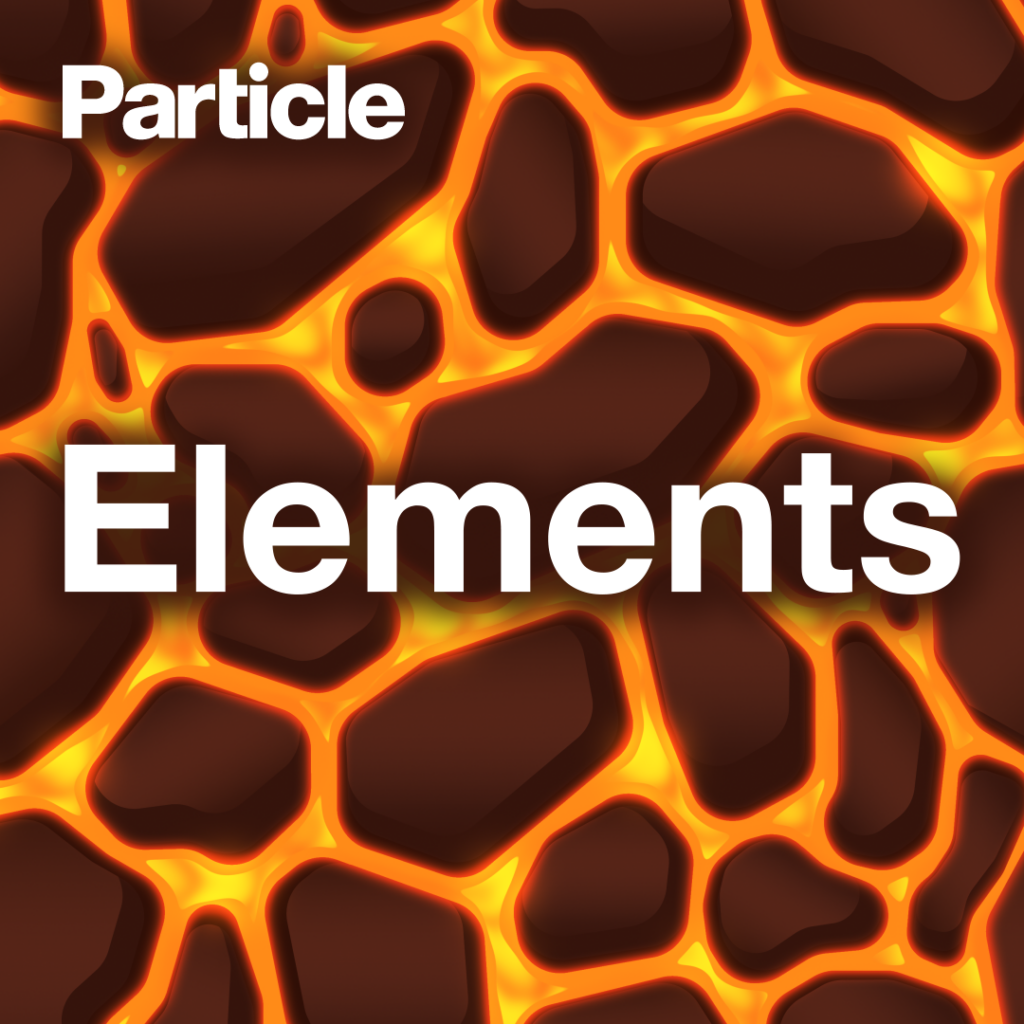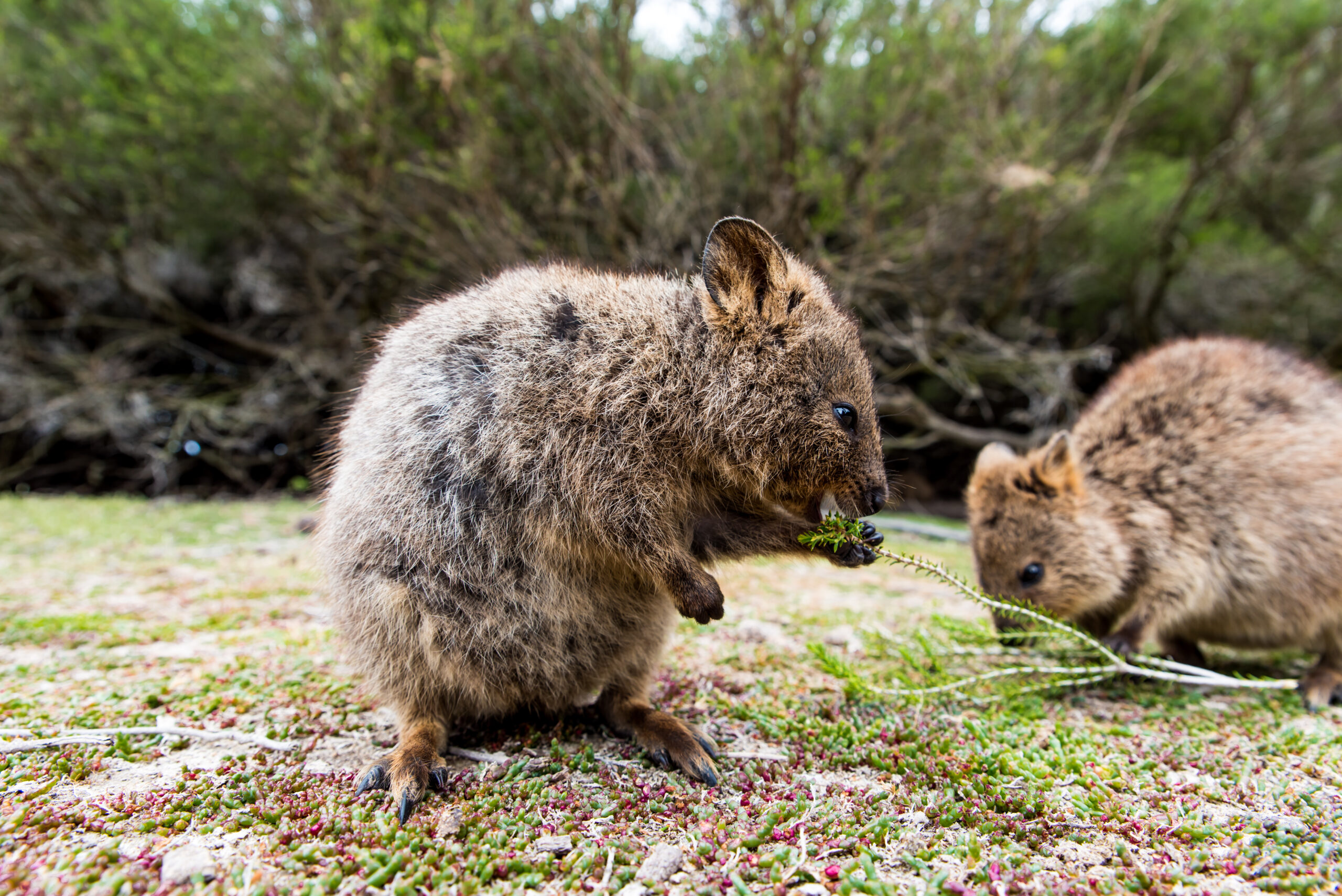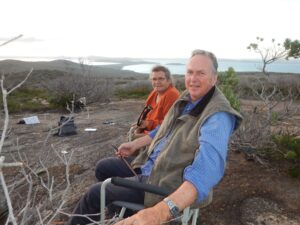Quokkas are more than the “happiest animal in the world“.
These charismatic marsupials are clever enough to use fire exclusion zones to their advantage.
Murdoch University and Department of Biodiversity, Conservation and Attractions researchers tracked 20 mainland quokkas over two years.
The study revealed a remarkable shift in the quokkas’ behaviour before and after prescribed burns.
UNDER PRESSURE
Quokkas used to be much more widespread on mainland WA.
“Nowadays, populations are small and isolated,” says Leticia Povh from the Harry Butler Institute, who led the recent study.
“There are no robust estimates of current mainland numbers.
“We know they’ve disappeared from over 50% of their former range since European settlement.”
The decline in quokkas is largely due to feral predators, like foxes and cats.
Habitat loss from urban development, timber harvesting and the feeding habits of introduced species like pigs and rabbits is also a major threat to quokkas.
To add salt to the wound, over the years, frequent high-intensity wildfires have wiped out chunks of quokka environments.
HOLD YOUR FIRE
Across Australia, prescribed burns are used to reduce available fuel and decrease the risk of out-of-control wildfires.
Many Australian plants have evolved to rely on fire as part of their natural life cycle.
“Some areas must be burned to have a new regrowth of vegetation,” says Leticia.
Low-intensity, slow-burning, patchy fires can help biodiversity conservation efforts.
The tricky part is maintaining adequate food and shelter for surrounding wildlife.
“[Quokkas] are really picky,” says Leticia.
“They have a very specific diet. [Their preferred plants] take some time to regrow.”
This is where fire exclusion zones come into play.
“They need somewhere to run away from the fire that has suitable refuge and forage,” says Leticia.
The team studied quokkas with home ranges in the Northern Jarrah Forest, stretching from Jarrahdale to south of Dwellingup.
Some lived within allocated burn zones, others within fire exclusion zones.
The researchers used VHF or GPS collars to track the quokkas.
The quokkas who originally lived within the burn zones were observed shifting their home range to the fire exclusion zones after a burn.
THE HEAT IS ON
The quokkas who relocated after burns then avoided the burn sites for an average of three months afterwards.
After a period of three months, they spent only 2% of their time in the fringes of burned areas.
The quokkas who originally lived within fire exclusion zones showed no change in their use of habitat.
This behaviour highlights the importance of carefully selecting fire exclusion zones when planning prescribed burns.
BURNING UP
According to Leticia, further research and planning into native wildlife refuge zones is crucial because climate change is creating drier landscapes.
“The risk of wildfires is increasing as well as fire intensity,” she says.
“Animals can’t move away from such hot fires quick enough. We have to plan ahead to provide refuge.”
“In fragmented landscapes, [quokkas] use stepping stone zones to move away from the fires.
“But these don’t provide medium and long-term refuge. We need to think about somewhere they can re-establish.
“This is why large fire exclusion zones within suitable habitats are so important.”

Interested in learning more about fire and its impact on the people and environment of Western Australia? Tune into the second season of the Elements podcast.
Across five episodes, we cover everything from festival bonfires to devastating wildfires, from echoes of ancient knowledge to the technological possibilities of the future. It’s going to be lit🔥
All episodes out now on all your favourite podcast platforms.












